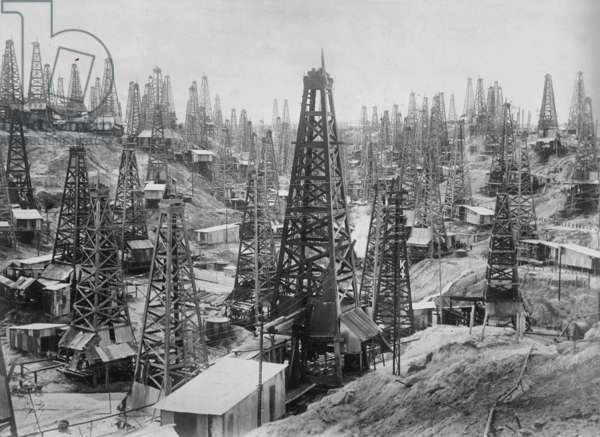About Kam Oil
Kam International Oil was launched in 2013 as a joint venture between the Afghan-owned Kam Group and the Azerbaijani company AIFL. The initial $30 million dollar investment went towards the construction of Afghanistan’s first oil refining facility in Hairatan, along the Afghan-Uzbek border.
The refinery purchases crude oil extracted by the China National Petroleum Company (CNPC) at the Kashkari oil field in Afghanistan’s Sar-e-Pol province, which is then transported overland to Hairatan. At present 220 Afghan nationals are employed at Kam International Oil, with 30 Azerbaijani and other foreign nationals serving in positions that require oil refinement expertise. As the Afghan domestic oil-refin.


Message from the Chairman
As Afghanistan’s economy continues its transition to a mature post-war phase, Kam International Oil is committed to the development of the nation’s energy sector. Our oil processing facility in Hairatan, on the Afghan Uzbek border, is the first of its kind in the country. It is an Afghan-led venture in partnership with the Azerbaijani company AIFL. Our operations are managed by 220 local Afghan staff, whose capacity is enhanced on a daily basis through knowledge-sharing with their Azerbaijani colleagues We are proud of our role as pioneers in the Afghan energy sector, and we view our processing facility as the first step towards reducing – and ultimately eliminating – Afghanistan energy dependence on neighboring countries.
For the first time in contemporary Afghan history, we have even begun exporting an oil product, mazut, in international oil markets. With the additional $40 million dollar investment to construct a second state-of-the-art processing facility, we are planning to provide even more oil-based products for Afghan and international markets, and even one day refine jet fuel for Afghanistan’s growing aviation sector. Of course there remain security issues that add additional costs and challenges to our operations. Despite these issues, we believe in taking risks to build this critical sector of the economy. We cannot wait for all conditions to be perfect before we push forward. We trust that as Afghanistan’s economy becomes more inter-connected with regional and global markets, and as more Afghans benefit from increased employment and the consequent improvement in quality of life, our country will finally achieve the peace and prosperity we have all been dreaming of. The road has not been easy, but we are motivated by the dream of seeing Afghanistan’s vehicles and aircraft powered by locally extracted and refined fuels, and its roads paved with locally produced asphalt. We know that despite the challenges that exist, we can and will make this dream a reality.
A Brief History
In the 1950s, Russian experts led oil exploration in Afghanistan. A number of exploratory wells were drilled with limited quantities of oil and gas exported north, to the Central Asian satellite states of the Soviet Union.
In 2010, a Chinese company, China National Petroleum Corporation (CNPC) was awarded the rights to extract oil from the Angot oil feld in Sar-e-Pol province in northern Afghanistan. The Angot feld is in the Amu Darya Basin, which overlaps both Afghanistan and Turkmenistan. A U.S. Geological Survey conducted in cooperation with the Afghan Ministry of Mines estimates that the basin contains as much as 80 million barrels of crude reserves.


Later, in 2011, CNPC was awarded the rights to extract oil from three additional sites in the Amu Darya Basin. One of them, Kashkari, is the Feld in Sar-e-Pul province from which Kam International Oil receives crude oil for refinement. The adjacent Afghan-Tajik Basin (another cross-border basin) contains as much as 1.5 million barrels of oil, although the Afghan Government has yet to release tenders for its exploitation. Prior to the launch of Kam Oil, 100% of the fuel needs in Afghanistan were met by imports delivered overland from neighboring countries. On numerous occasions, Afghanistan’s neighbors have blocked oil imports due to political confects at the state level. The precarious position of Afghanistan as a landlocked country reinforces the critical need for Afghan energy independence.





